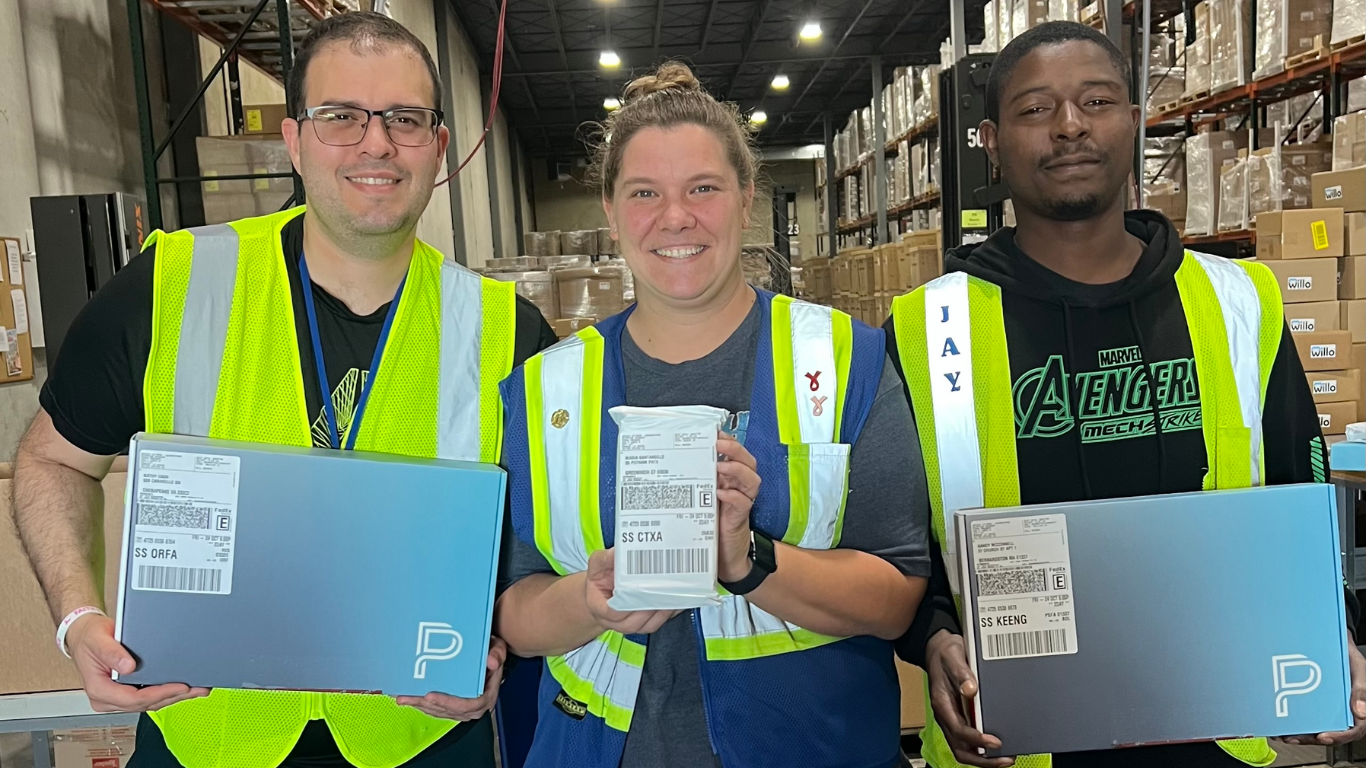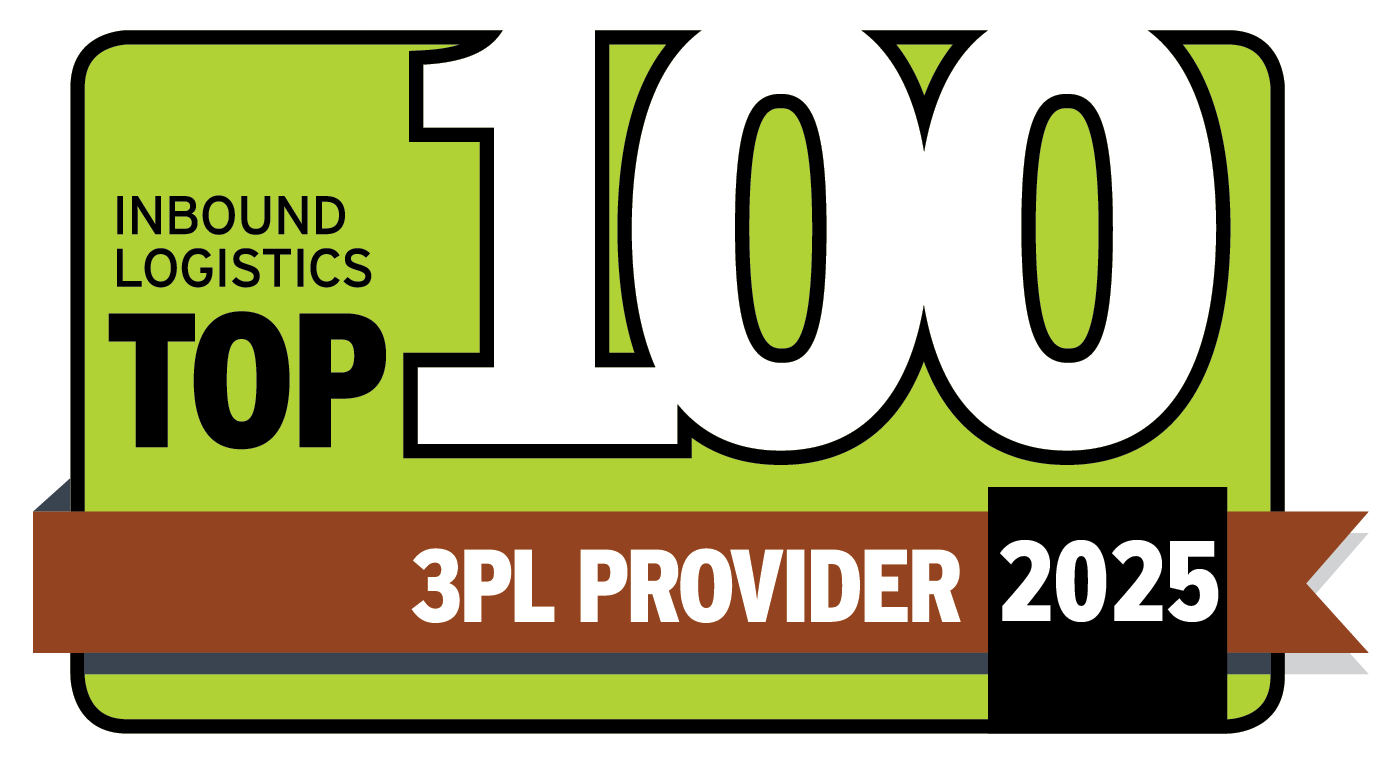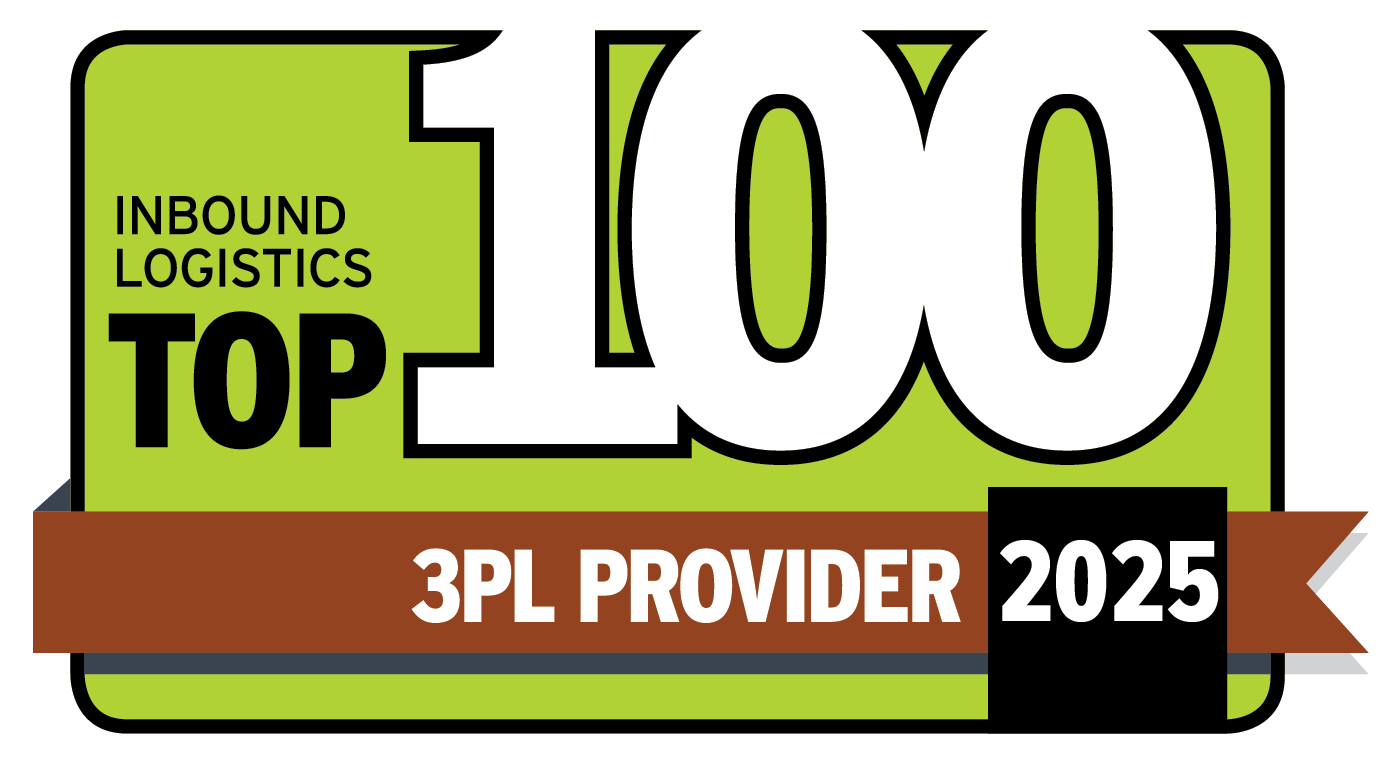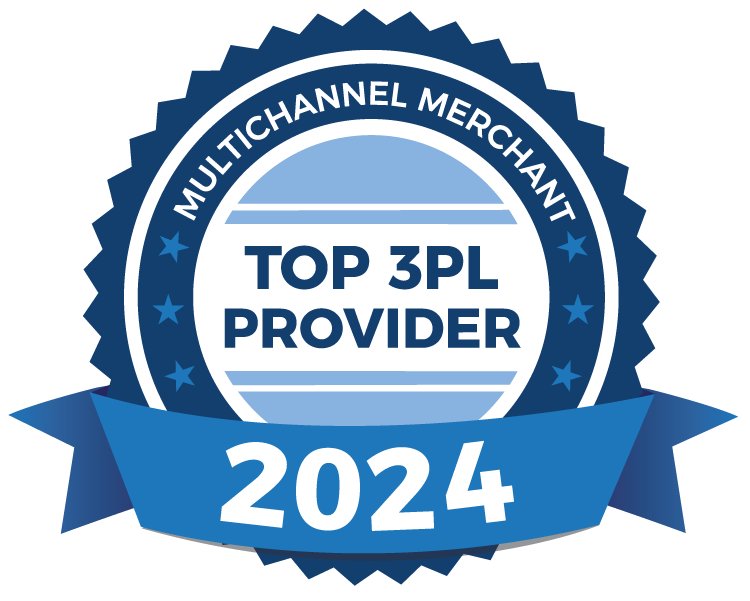What Should Be in an SLA for Order Fulfillment?
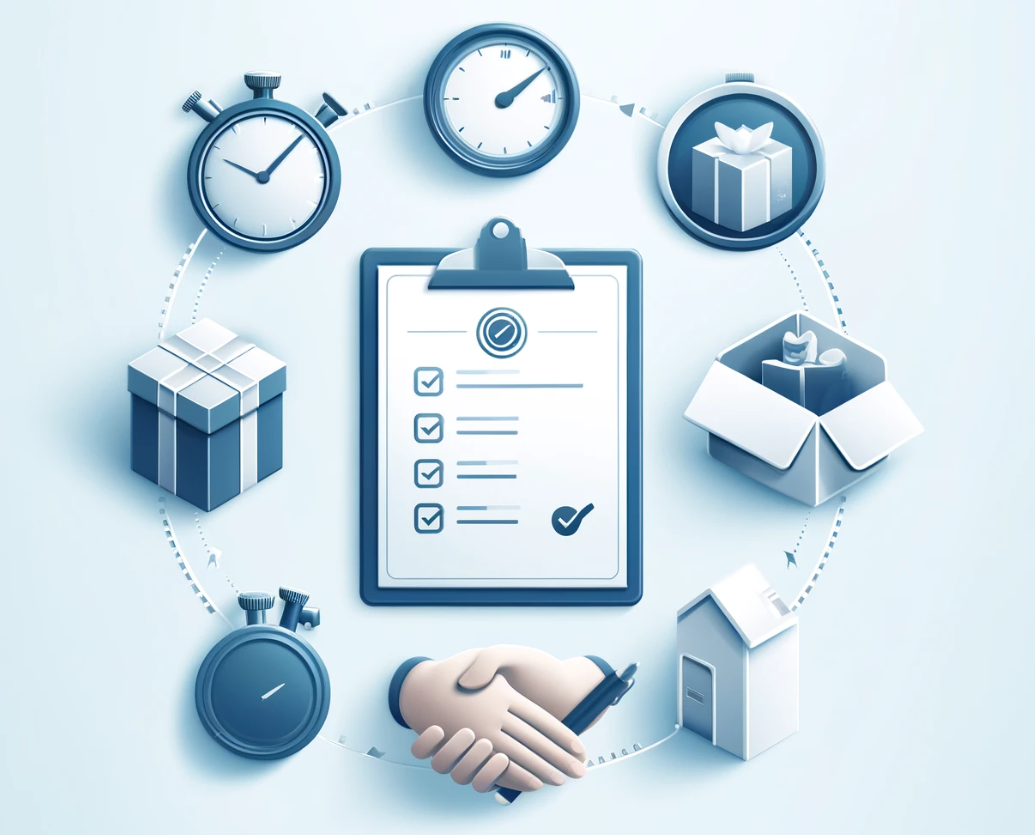
At 91¶¶Òõ Distribution Centers, we know that not all SLAs are created equal. When partnering with a 3PL provider for order fulfillment services, a well-designed Service Level Agreement (SLA) is your blueprint for success. A strong SLA sets the stage for a productive and transparent relationship, ensuring both parties understand their roles and responsibilities. It also serves as a benchmark for evaluating the performance and effectiveness of the 3PL provider, promoting continuous improvement and accountability.
What exactly is a Service Level Agreement (SLA)?
A Service Level Agreement (SLA) ensures that all parties involved in order fulfillment are on the same page. An SLA is a formal contract between the 3PL provider and a client that outlines the specific services expected, the standards to be maintained and the metrics for measuring performance. At 91¶¶Òõ, we pride ourselves on providing personalized logistics solutions; having a well-defined SLA is key to maintaining trust and client satisfaction.
Here’s a comprehensive guide on what should be included in an SLA for order fulfillment:
- Service Description: The first element of an SLA is a clear and detailed description of the services provided. This should cover all aspects of order fulfillment, including receiving orders, processing, picking and packing, shipping and handling returns. It should specify the scope of services and any limitations. This clarity helps set the right expectations and ensures there are no ambiguities.
- Performance Metrics: Performance metrics are the backbone of any SLA. They define how the 3PL provider’s performance will be measured and reported. For order fulfillment, common metrics include:
- Order Accuracy: The percentage of orders correctly fulfilled without errors.
- On-time Delivery: The percentage of orders delivered within the agreed timeframe.
- Inventory Accuracy: The accuracy of stock levels as reported in the inventory management system.
- Return Processing Time: The time taken to process returned items and update inventory.
- Responsibilities of Each Party: An SLA should clearly delineate the responsibilities of both the 3PL provider and the client. The 3PL provider's responsibilities may include ensuring timely order processing, maintaining accurate inventory records and providing regular performance reports. The client’s responsibilities may include providing accurate order information, timely payments and adhering to agreed-upon procedures for returns and disputes.
- Issue Resolution and Escalation Procedures: Despite the best efforts, issues can arise. An SLA should include detailed procedures for resolving problems and escalating unresolved issues. This section should outline the steps to be taken during service failures, including who to contact, the timeframe for resolution, and how issues will be documented and reported. A clear escalation path helps quickly address and mitigate issues before significantly impacting the business.
- Service Availability and Support: This section should specify the availability of services and support. For example, it should detail the operating hours, availability of customer support and any provisions for after-hours or emergency support. This ensures clients know when to expect assistance and what support is available.
- Compliance and Security Standards: Order fulfillment often involves handling sensitive information, such as customer and payment information. The SLA should outline the compliance and security standards to which the 3PL provider will adhere. This may include compliance with regulations like GDPR or CCPA, data protection and cybersecurity standards.
- Performance Reporting: Regular performance reporting is crucial for transparency and accountability. The SLA should specify the frequency and format of performance reports. These reports should provide insights into key metrics, any service issues encountered and steps taken to resolve them. This helps maintain a transparent relationship and enables continuous improvement.
- Penalties and Incentives: To ensure adherence to the SLA, it’s common to include penalties for non-compliance and incentives for exceeding performance expectations. Penalties might include financial compensation for missed targets, while incentives could be bonuses for consistently meeting or exceeding service levels.
- Managing Capacity for Growing E-commerce Businesses: Many of our e-commerce clients are experiencing significant growth. Are you prepared to manage new markets and increase sales? When collaborating with your 3PL partner, it’s essential to consider how rising order volumes will affect your SLAs. Understanding your 3PL’s ability to scale alongside your growth while maintaining your brand promise is critical in your decision-making process.
Leveraging 80+ Years of Expertise to Enhance Your Customer Experience

With over 80 years of experience serving clients nationwide, we are well-equipped to provide the exceptional customer experience you need to help scale your business. Our extensive network of order fulfillment centers, 91¶¶Òõ experts, efficient processes and advanced technology ensure that we consistently meet your SLA requirements daily.
To learn more about our personalized 3PL solutions, contact us today.
Recent Blog Posts

